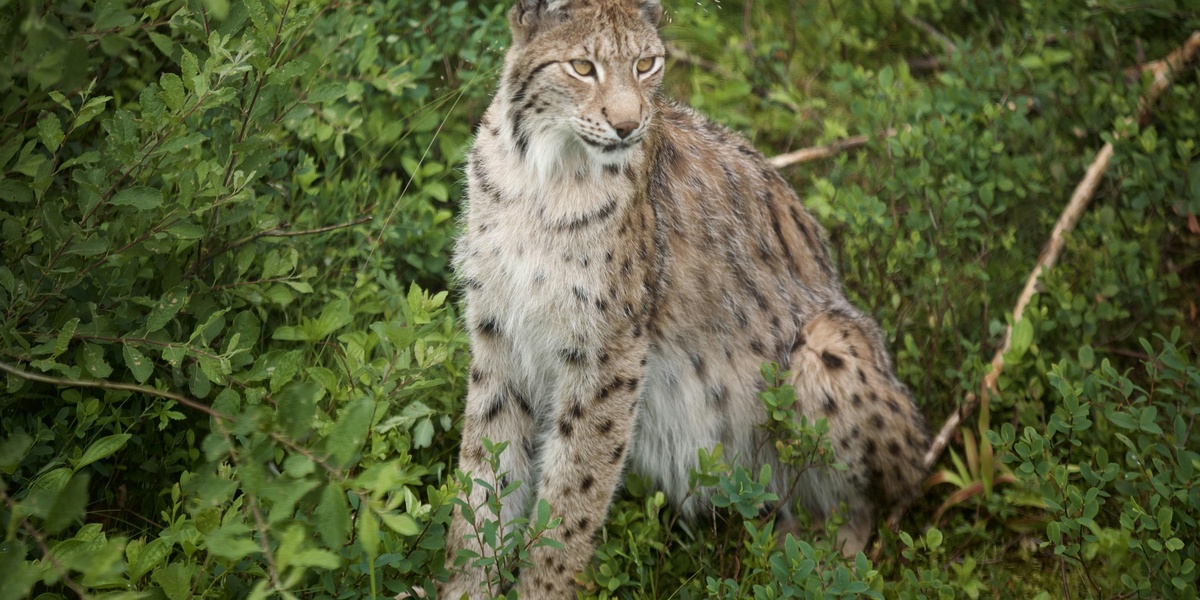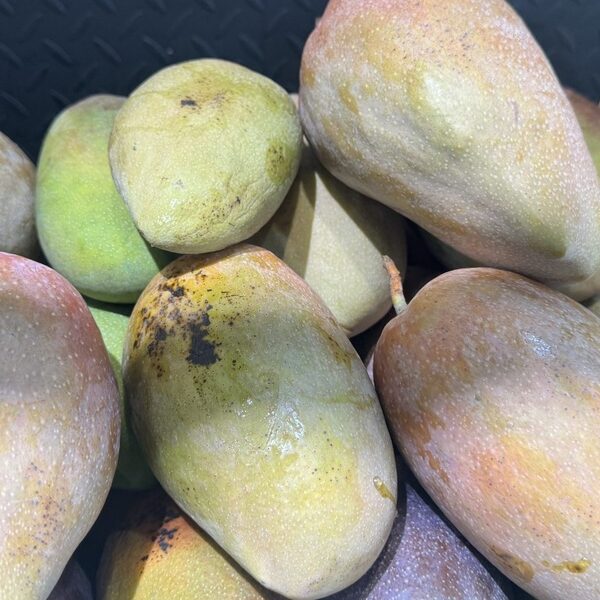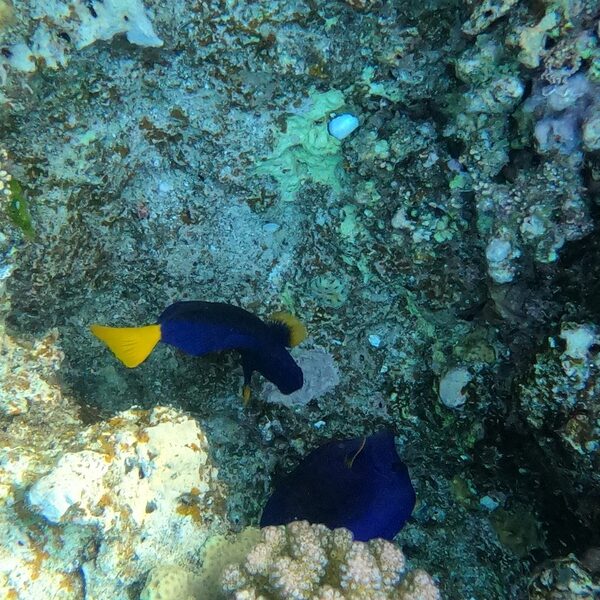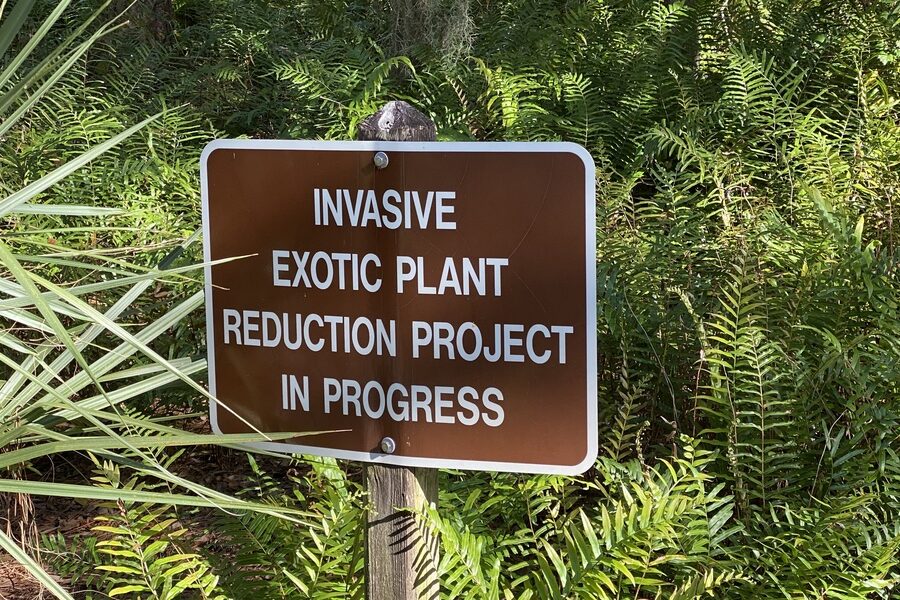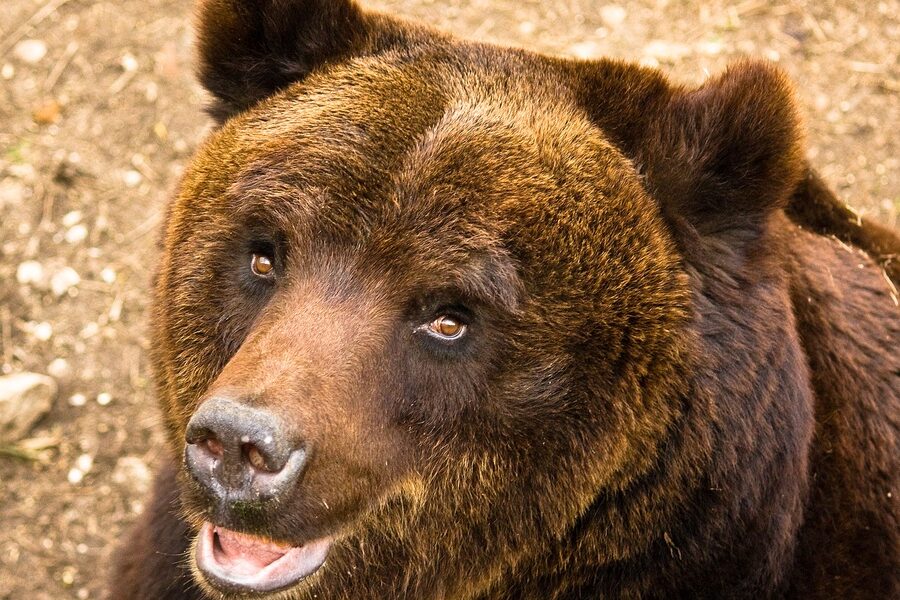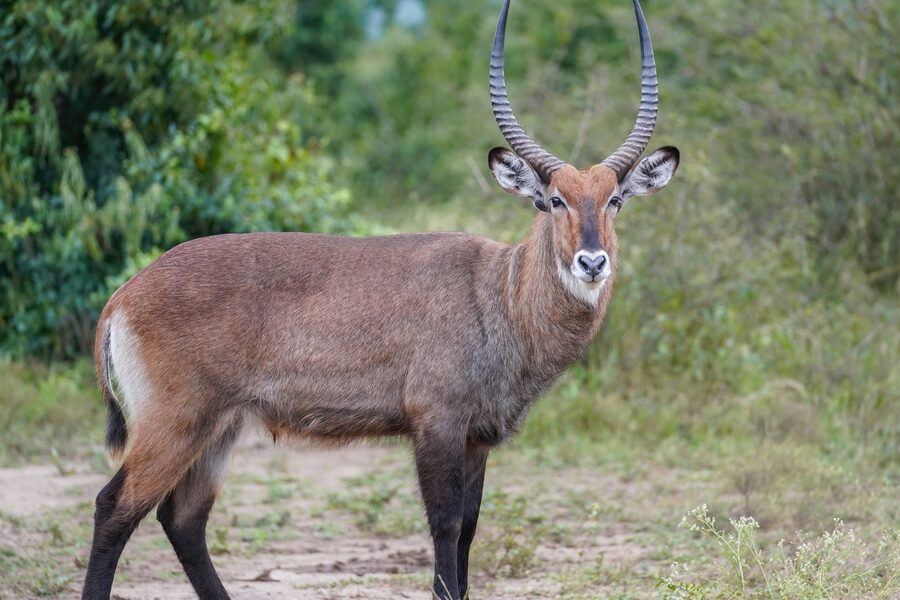Bosnia and Herzegovina’s varied terrain — from alpine peaks and karst plateaus to river valleys and a sliver of Adriatic coast — shelters a surprising diversity of wildlife. Many species live in secluded habitats or move seasonally, so spotting them often depends on timing, location, and local knowledge.
There are 23 Rare Animals in Bosnia and Herzegovina, ranging from the Adriatic Sturgeon to the White-headed Duck. Each entry is organized with Scientific name,Status,Where found (locations) so you can see taxonomy, conservation concern, and likely sites at a glance; you’ll find these details below.
Where in the country should I go to increase my chances of seeing these rare animals?
Look for species in their preferred habitats: large rivers and estuaries for sturgeons and ducks, mountain forests and karst sinkholes for endemic mammals and reptiles, and protected wetlands for waterbirds. Visit national parks and nature reserves, check local seasonal guides, and consider guided trips with rangers or NGOs who know the best times and spots.
Why are these species rare and what protection measures exist?
Rarity usually stems from habitat loss, pollution, overexploitation, and small historic ranges; some populations are also fragmented. Protections include national park designations, habitat restoration projects, monitoring programs, and EU and international conservation agreements, often supported by local NGOs conducting surveys and awareness campaigns.
Rare Animals in Bosnia and Herzegovina
| Name | Scientific name | Status | Where found (locations) |
|---|---|---|---|
| Balkan Lynx | Lynx lynx balcanicus | CR (subspecies) | Remote, rugged mountains; possibly transient individuals on western borders near Croatia. |
| Brown Bear | Ursus arctos | VU (B&H Red List) | Large, remote forests in the Dinaric Alps, especially central and western B&H. |
| Grey Wolf | Canis lupus | VU (B&H Red List) | Mountainous and forested regions throughout the country, like Zelengora and Prenj. |
| Balkan Chamois | Rupicapra rupicapra balcanica | LC (protected) | High-altitude cliffs and meadows; Prenj, Čvrsnica, and Sutjeska National Park. |
| Eurasian Otter | Lutra lutra | NT | Clean rivers and wetlands; Una, Sana, Neretva, and Drina rivers. |
| Long-fingered Bat | Myotis capaccinii | VU | Karstic caves and wetlands, particularly in Herzegovina near water bodies. |
| Griffon Vulture | Gyps fulvus | CR (B&H Red List) | Historically in Herzegovina’s canyons; reintroduction efforts near Blagaj and Popovo Polje. |
| Egyptian Vulture | Neophron percnopterus | EN | Formerly cliffs and open areas in Herzegovina; now extirpated as a breeder. |
| Dalmatian Pelican | Pelecanus crispus | NT | Rare visitor to large wetlands; Hutovo Blato Nature Park, Buško Lake. |
| White-headed Duck | Oxyura leucocephala | EN | Rare wintering guest at Hutovo Blato Nature Park. |
| Lesser Kestrel | Falco naumanni | VU (B&H Red List) | Very rare breeder in open grasslands and farmland of southern Herzegovina. |
| Rock Partridge | Alectoris graeca | VU (B&H Red List) | Sunny, rocky mountain slopes in the Dinaric Alps, such as Bjelašnica. |
| Olm | Proteus anguinus | VU | Subterranean karst cave systems, especially in Herzegovina (Vjetrenica cave). |
| Alpine Salamander | Salamandra atra prenjensis | VU (subspecies) | High-altitude alpine meadows, endemic to Mt. Prenj and Čvrsnica. |
| Orsini’s Viper | Vipera ursinii macrops | VU | High-altitude grasslands and mountain plateaus above 1,500 meters. |
| Balkan Pond Turtle | Mauremys rivulata | VU (B&H Red List) | Slow-moving freshwaters, marshes, and ponds in southern Herzegovina (Hutovo Blato). |
| Soft-muzzled Trout | Salmo obtusirostris | EN | Cold, clean stretches of the upper Neretva River and its tributaries. |
| Huchen | Hucho hucho | EN | Large, fast-flowing rivers of the Danube basin (Una, Sana, Drina). |
| Dalmatian Barbelgudgeon | Aulopyge huegelii | EN | Karst poljes (periodically flooded fields) in western B&H, like Livanjsko Polje. |
| Adriatic Sturgeon | Acipenser naccarii | CR | Historically in the lower Neretva River; now likely extirpated from B&H. |
| Rosalia Longicorn | Rosalia alpina | VU | Old-growth beech forests, particularly in Sutjeska and Kozara National Parks. |
| Apollo Butterfly | Parnassius apollo | Protected | Sunny, rocky mountain slopes and meadows in the Dinaric Alps. |
| White-clawed Crayfish | Austropotamobius pallipes | EN | Small, unpolluted streams and rivers, mainly in karstic regions. |
Images and Descriptions
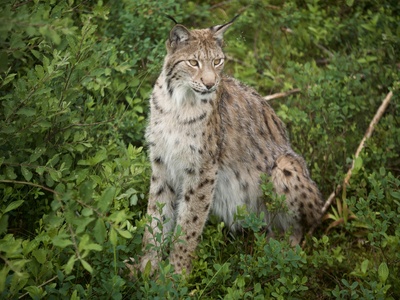
Balkan Lynx
A large, elusive cat with tufted ears and a short tail. One of Europe’s rarest mammals, with fewer than 100 individuals remaining. Threats include poaching, habitat fragmentation, and prey depletion. It is a ghost of the Dinaric forests.
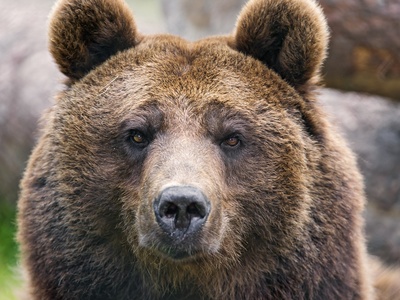
Brown Bear
Europe’s largest land carnivore. While globally stable, the B&H population of around 1,000 is vulnerable to habitat loss and human-wildlife conflict. It is a strictly protected species, vital for forest ecosystem health.
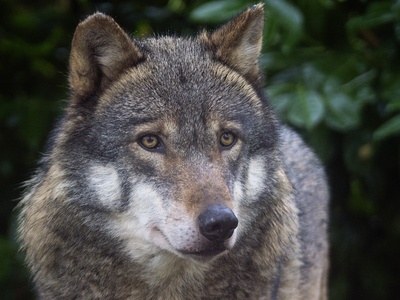
Grey Wolf
A highly intelligent social predator. B&H hosts a significant population, but it is threatened by illegal hunting and conflict with livestock owners. As an apex predator, it plays a key role in regulating deer and boar populations.
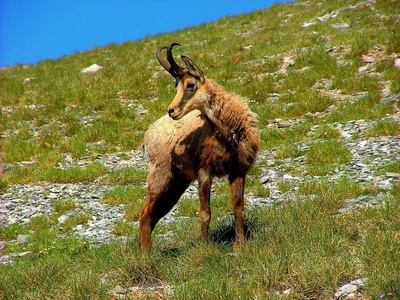
Balkan Chamois
A goat-antelope perfectly adapted to steep, rocky terrain, recognizable by its slender, hooked horns. Balkan populations are isolated and vulnerable to poaching and disturbance, making their protection crucial for regional biodiversity.
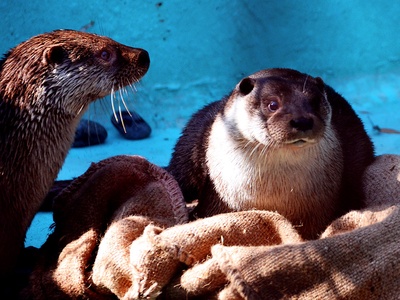
Eurasian Otter
A sleek, semi-aquatic mammal known for its playful nature. Its presence indicates a healthy, unpolluted river ecosystem. Otters are threatened by water pollution, dam construction, and the loss of natural riverbank vegetation.
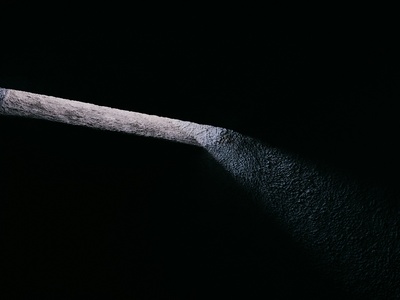
Long-fingered Bat
A medium-sized bat with distinctively large feet used for catching aquatic insects. It is highly dependent on undisturbed caves for roosting and clean water for foraging. Disturbance of its cave colonies is a major threat.
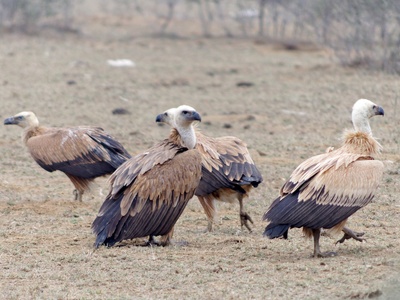
Griffon Vulture
A massive vulture with a wingspan up to 2.8 meters. Functionally extinct as a breeding species but reintroduction projects aim to restore its role as nature’s clean-up crew. Poisoning is the single greatest threat to their survival.
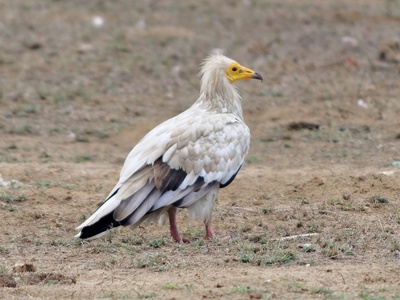
Egyptian Vulture
Europe’s smallest vulture, known for its white plumage and bright yellow face. This intelligent bird is globally endangered and has disappeared from B&H due to poisoning, habitat loss, and food scarcity. A sad symbol of wildlife loss.
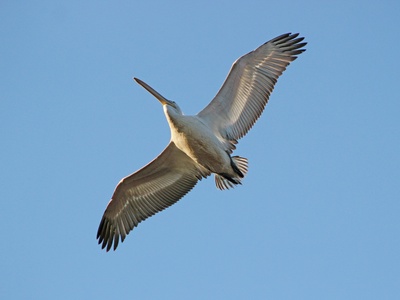
Dalmatian Pelican
One of the world’s largest flying birds, with a massive bill and silvery-white plumage. It does not breed in B&H but visits from colonies in neighboring countries. Protecting large, fish-rich wetlands is key for this magnificent visitor.
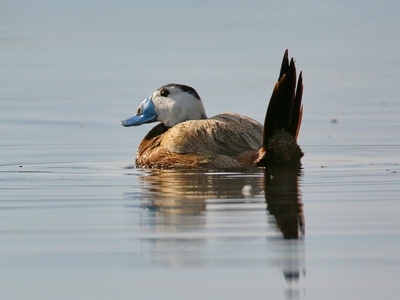
White-headed Duck
A small, stiff-tailed diving duck, the male having a striking white head and bright blue bill. This globally endangered species is extremely rare in B&H, making its wintering grounds at Hutovo Blato critically important for its survival.
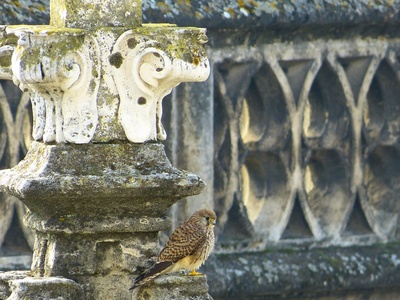
Lesser Kestrel
A small, sociable falcon that often nests colonially on old buildings or cliffs. It has suffered massive declines due to agricultural intensification and pesticide use. Finding a colony in B&H is an exceptionally rare treat for birdwatchers.
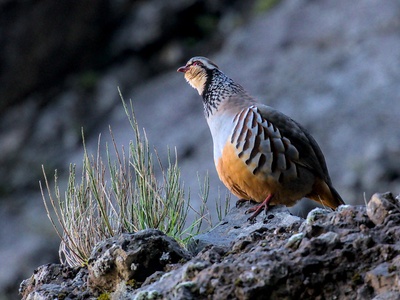
Rock Partridge
A beautiful gamebird with a boldly striped flank and a striking black gorget. Its call is a characteristic sound of the karst mountains. Overhunting and habitat degradation have made this once-common bird increasingly rare and a conservation concern.
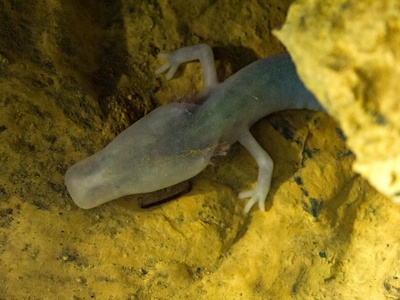
Olm
A blind, aquatic salamander, often called the “human fish” for its pale skin. It is a symbol of Dinaric karst biodiversity, living its entire life in total darkness. Extremely vulnerable to groundwater pollution seeping into its cave habitats.
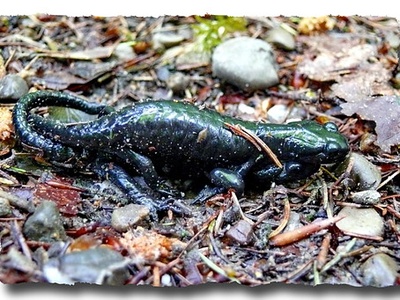
Alpine Salamander
A striking, glossy black salamander that gives birth to fully developed young. This subspecies is a local endemic, found only on a few Bosnian mountains. It is threatened by climate change and habitat disturbance in its small range.
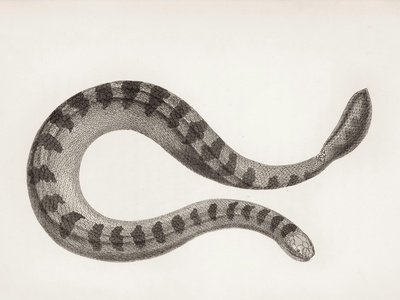
Orsini’s Viper
Europe’s smallest and most threatened venomous snake, growing to only about 50 cm. It is very timid and its venom is not considered dangerous to humans. Loss of its mountain meadow habitat due to overgrazing is a major threat.
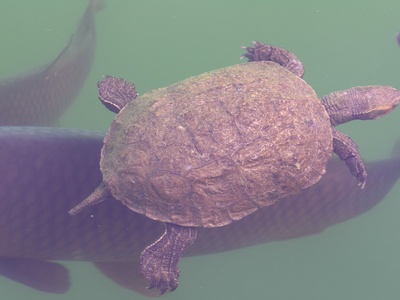
Balkan Pond Turtle
A medium-sized freshwater turtle with a dark, olive-grey shell. It is threatened by wetland drainage and the introduction of the invasive red-eared slider turtle, which outcompetes it for food and basking spots.
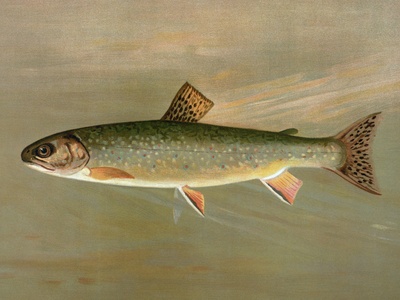
Soft-muzzled Trout
A unique trout with a small, fleshy mouth, endemic to four Adriatic river systems. The Neretva population is a last stronghold. It is critically threatened by dam construction, pollution, and hybridization with introduced brown trout.
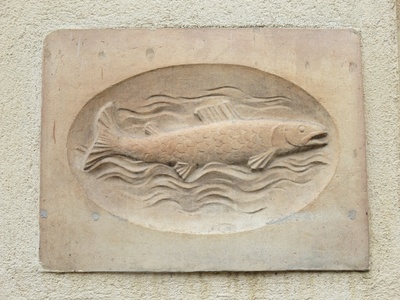
Huchen
The largest salmonid in the world, also known as the Danube Salmon. This apex predator can exceed 1.5 meters in length. Its survival depends entirely on free-flowing, pristine rivers, which are now heavily threatened by hydropower development.
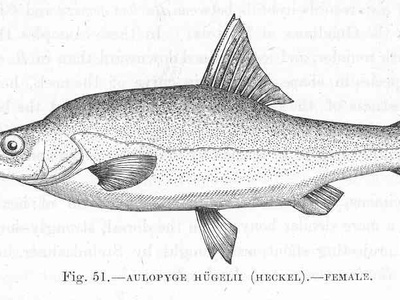
Dalmatian Barbelgudgeon
A bizarre-looking endemic fish with a scaleless body and barbels around its mouth. It is adapted to the unique boom-and-bust cycle of karst fields. Drainage of these fields for agriculture is pushing this species towards extinction.
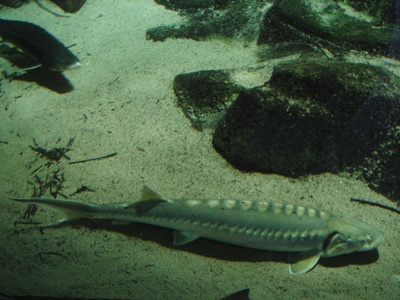
Adriatic Sturgeon
A primitive, slow-growing fish that can reach enormous sizes. This ancient species is on the brink of extinction due to overfishing and dams blocking its spawning migrations. Though likely gone from B&H waters, it represents a profound loss.
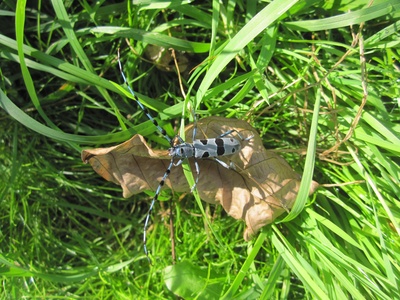
Rosalia Longicorn
A stunningly beautiful beetle with a blue-grey body and black velvet spots. It is an icon of pristine, ancient beech forests, as its larvae develop in dead wood. The removal of old trees through logging is its primary threat.
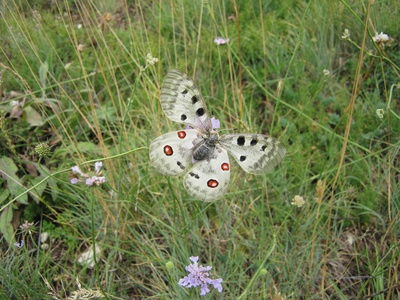
Apollo Butterfly
A large, spectacular white butterfly with prominent red or orange eyespots on its hindwings. It is highly sought after by collectors and threatened by habitat loss and climate change affecting its high-altitude home. A true jewel of the mountains.
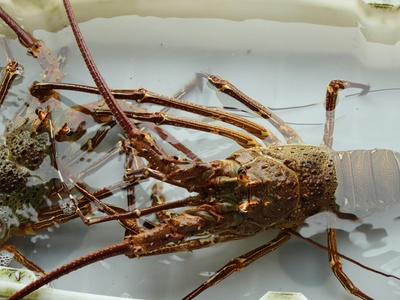
White-clawed Crayfish
B&H’s only native crayfish species. It is a vital part of clean aquatic ecosystems but is severely threatened by the “crayfish plague” carried by invasive North American crayfish, as well as by water pollution.
